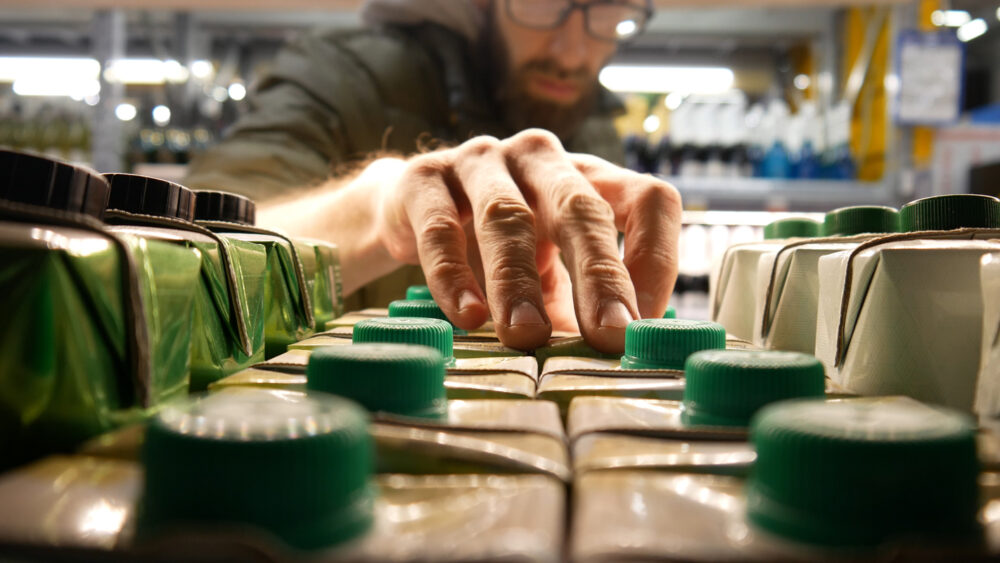
Thanks to a wealth of data sources, there are so many ways of understanding what consumers are and aren’t doing. And yet with the continued pandemic behaviours have never been more disrupted. How businesses engage with their customers has and will continue to be a major challenge for brands going forwards.
At its simplest, this approach allows you to size the prize – how many people are currently demonstrating the behaviour, or are on the cusp of doing so? But the beauty of this approach is that it also gives guidance into what has already caused those demonstrating a behaviour, to do so.
We all know that however good our intentions, changes in behaviour don’t happen overnight, and just because we’re not currently demonstrating a behaviour, doesn’t mean that we never will. And this is the challenge when trying to understand current behaviours. It’s easy for a product or campaign to be judged based on its final in-market data. However, these hard metrics can miss the achievement of moving consumers along on a journey towards purchase etc (even if they’ve not dipped into their wallets just yet).
However, what if we could understand what behaviours people might be about to do and build strategies which respond to that future opportunity?
What do we mean by ‘behaviour’?
A true behaviour is something which can be repeated (through habit or commitment – think choosing low-sugar alternatives, or starting an exercise regime), and also lapse out of in the absence of continued encouragement and impetus (think stopping smoking).
Whilst behaviours may be made through a string of choices, not all choices constitute behaviours. Choosing to buy into a product category, for example, meat-free alternatives, is something you can do repeatedly and form a behaviour around. However, choosing to switch from one bank to another, is not something you can do consistently or repeatedly – it is a decision, an action, but not a behaviour.
So when is understanding and influencing consumer behaviour useful?
Behaviour Change Modelling (BCM) can see where behaviour trends are heading. By focussing on where consumer behaviour is currently, we self-segment audiences into one of five ‘fact based’ stages, based on their current behaviour.
Statistical modelling is then used to understand which sorts of interventions or ‘nudges’ people need, to encourage them to move from one stage to the next. By understanding where people are on the journey, this removes the reliance on acting on ‘claimed’ future behaviour. You can then profile demographically and attitudinally, to inform commercial strategies to help drive change.
At its simplest, this approach allows you to size the prize – how many people are currently demonstrating the behaviour, or are on the cusp of doing so? But the beauty of this approach is that it also gives guidance into what has already caused those demonstrating a behaviour, to do so.
BCM is a truly flexible approach providing powerful insights for:
- Strategy teams – Providing future direction and strategy by understanding lifestyle behaviour and changes
- Marketing teams – Evaluating pre- and post-behavioural activation, to measure real shifts in behaviour (not claimed intent).
- R&D innovation – Estimating market sizing to understand where the next innovation might lie, based on how consumers are currently behaving.
Why we know it works – some examples of where it’s been powerful
Predicting ethical consumer engagement: In an international study, BCM was used to quantify the opportunity to leverage Corporate Social Responsibility (CSR) commitments to drive consumer connection, loyalty and ultimately purchase of our client’s brands. Findings showed that there was a clear dollar return in investing in CSR, as well as the importance of the tone and frequency of the messaging to inspire action. From these learnings, our client was able to develop campaigns which harness the right tone of voice, to move people along on an ethical behavioural journey, unlocking ROI and greater consumer engagement.
Sizing the prize for innovation, based on current and future behaviours: Our client’s innovation team had access to a wealth of current market data, but needed to identify opportunities within emerging categories, to understand not just the current landscape, but also the momentum and financial potential for new innovation categories. BCM quantified which of 20 unique categories, across 16 markets people were currently buying, or on the cusp of buying into, measuring the size of each opportunity, and how to capitalise on these. We provided a clear roadmap for prioritising innovation opportunities, across markets and product categories, as well as providing granular detail into how to nudge people to becoming a regular consumer.
Find out more:
BCM is a truly flexible innovation which is granular, scalable, replicable, and consistent, providing a unique psychological approach to quantify, predict and explain a consumer’s likelihood to change behaviour. It’s just one of many context-driven approaches to understand and optimise brand performance and communication.
For more information on how we can help brands successfully navigate these times, please get in touch.




